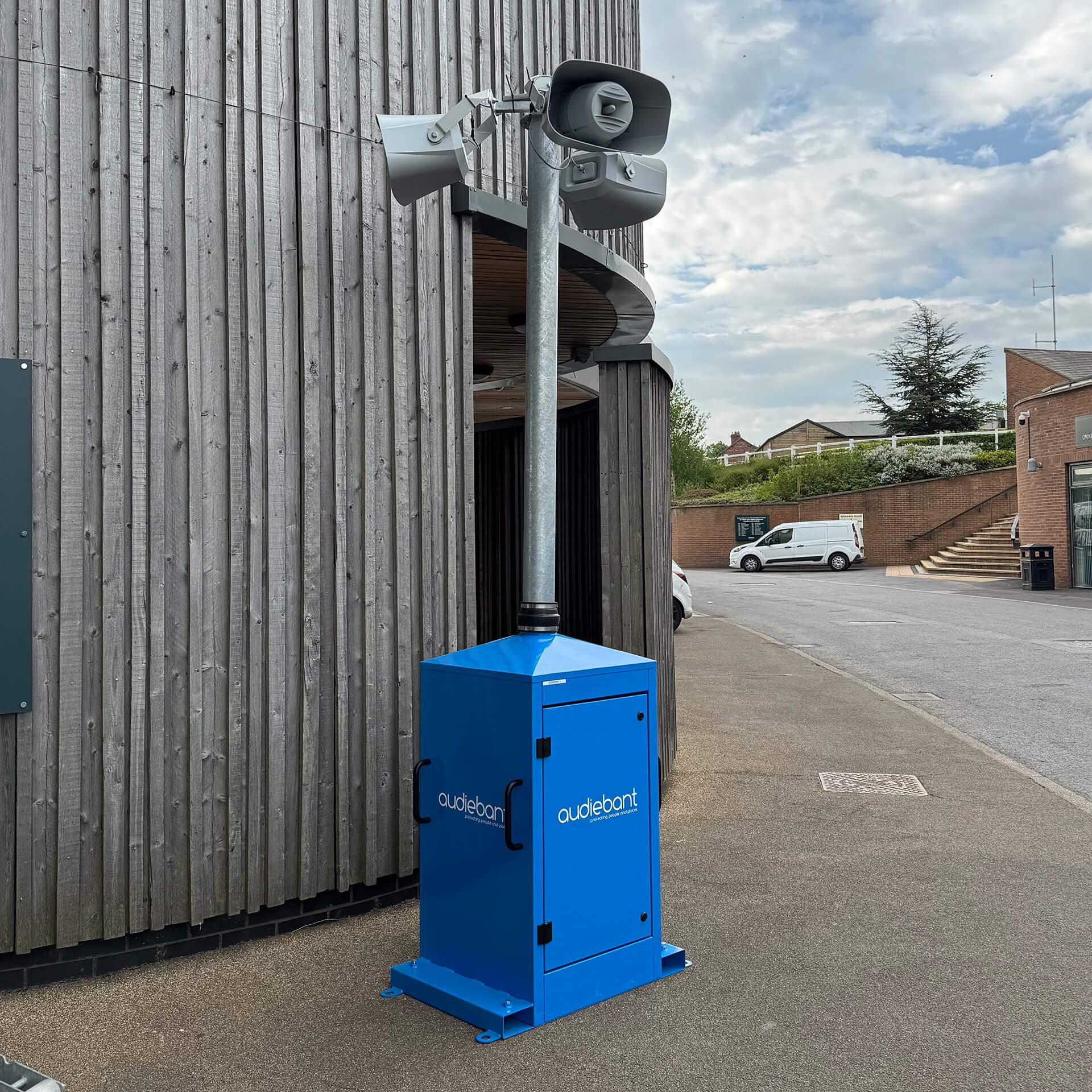Helping You Prepare for the Terrorism (Protection of Premises) Act 2025
On 3 April 2025, the Terrorism (Protection of Premises) Act — widely known as Martyn’s Law — received Royal Assent.
What Martyn’s Law Does:
- Consider the risk of a terrorist attack
- Develop and train for appropriate public protection procedures
- Take reasonable measures to reduce harm if an incident occurs
- Be ready to communicate clearly with those on site
The government has confirmed an implementation period of at least 24 months, supported by statutory guidance from the Security Industry Authority (SIA).
Premises in Scope
- Premises fall under the Act if they:
- 1. Consists of a building (or buildings) and/or associated land
- 2. Are wholly or mainly used for activities listed in Schedule 1 of the Act (e.g. education, healthcare, retail, food and drink, visitor attractions, worship, etc.)
- 3. Can reasonably be expected to host 200 or more individuals at the same time, at least occasionally

Understanding the Duty Levels
Standard Duty Premises (200–799 individuals)
- The responsible person must:
- Notify the SIA of the premises
- Have appropriate public protection procedures in place
- Train staff on how to evacuate, invacuate, lockdown, and communicate during an incident
- Ensure procedures are designed to reduce the risk of physical harm
Enhanced Duty Premises (800+ individuals)
- In addition to all Standard Duty requirements, the responsible person must:
- Conduct a detailed security risk assessment
- Develop and document a terrorism protection plan
- Appoint a senior individual with oversight of compliance
- Implement proportionate measures to reduce site vulnerability

Higher education premises, which are typically more open and public-facing, are subject to standard or enhanced duties depending on occupancy and use.
Qualifying Events
- Take place in a building or land not already classified as enhanced duty premises
- Are expected to host 800+ individuals at the same time
- Require a condition of entry (e.g. ticketing, invitation, or pass)
- Are accessible to the public
- Outdoor concerts or festivals
- Large community gatherings with controlled access
- Ticketed events in temporary venue
Exclusions include: Transport premises already governed by other security laws, open-access parks without ticketing, and events at exempt political premises.

Who Is the Responsible Person?
How Audiebant Supports Martyn’s Law Compliance
Audiebant Audio
Zoned, site-wide multilingual audio messaging to support live or pre-recorded evacuation, invacuation, and lockdown alerts
Audiesafe & Audiesafe+
Mobile alerts, lone worker protection, discreet emergency alarms, and GPS tracking — instantly reaching individuals on or off-site.
Audiescreen
Desktop pop-up or full-screen alerts to override other activity and deliver urgent instructions visibly and clearly.
Audiebant Outdoor
High-performance outdoor audio and visual alerting systems to cover school yards, public spaces, venues, and external zones.
Multilingual Messaging
Deliver instructions in multiple languages across all channels, ensuring accessibility for diverse communities, staff, and visitors.
Zoned Communication
Target specific buildings or outdoor areas with tailored alerts, minimising confusion and enabling precise response.
Audit and Acknowledgement Logs
Built-in tracking of who has received, seen, and acknowledged alerts — helping to evidence compliance and readiness.

Getting Ready
- Review your premises classification and occupancy
- Identify your responsible person(s)
- Begin planning emergency messaging and communication protocols
- Train staff and test procedures
- Assess whether your existing systems can deliver alerts quickly, clearly, and site-wide


















